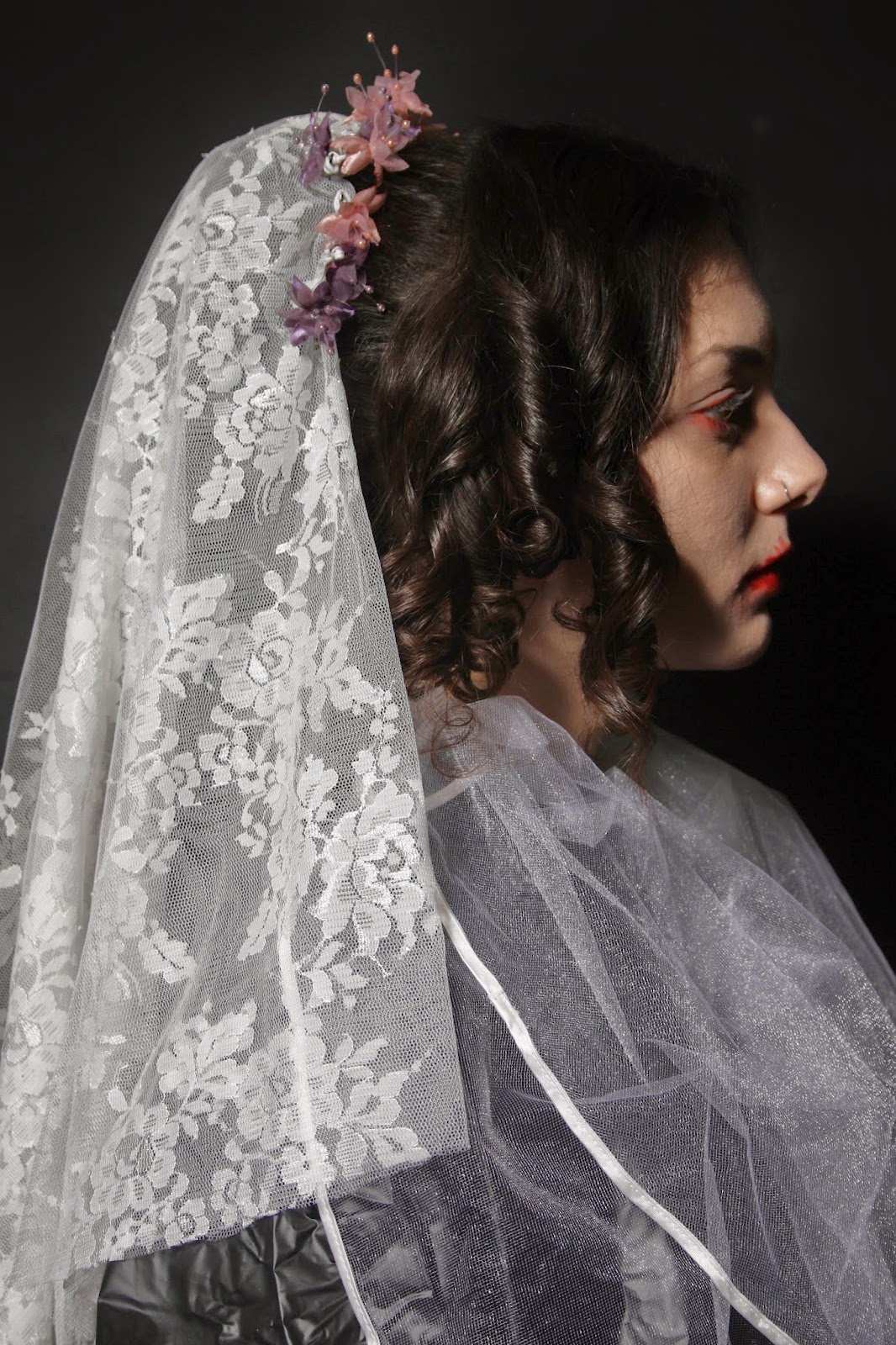- Hair Brush
- Tail comb
- Curling iron
- Kirby pins
- U pins
- Hair spray (optional)
- Start with the side parting on the top of the head
- Devide the hair into the front and back sections
- On the top of the head , create 3 curls towards one side and one towards the other one, on the other side of the parting. When curling it pull the hair up and roll it with the hair tong nice and tight. When removing the tong, turn it slightly to the other side and remove it slowly.
- By the ears, you can create either 1 or 2 curls towards the face
- The part of the hair you have left behind, curl it in in horizontal way (brick layers). Secure them with hair pins
- Take all the hair pins from the curls
- Leave the 3 curls from the top of the head for modeling the hairstyle
- Use the hair brush for not pulling out the curls. Carefully brush the top part of the hair. It helps to bring the hair together and also makes the hair to look with more volume
- Take a piece of hair on the side and roll the hair. Secure the front part of the hair with kirby pins and use the U hair pins to secure the back part (lift the pin up and bring down)
- Arrange the 3 curlsin the way you like
Hairstyle 2:
- Remove all the kirby pins from the hair
- Use the brush and take a section of hair into your hands. Bring the brush underneath and over the top so to create a nice wave shape. For the front part of the hair
Hairstyle 3:
- To create this hairstyle, after you have brushed through the hair, like in the hairstyle 2, shake the head and...it's done! You can use the wide tooth comb to lift up the hair at the front a bit



















































